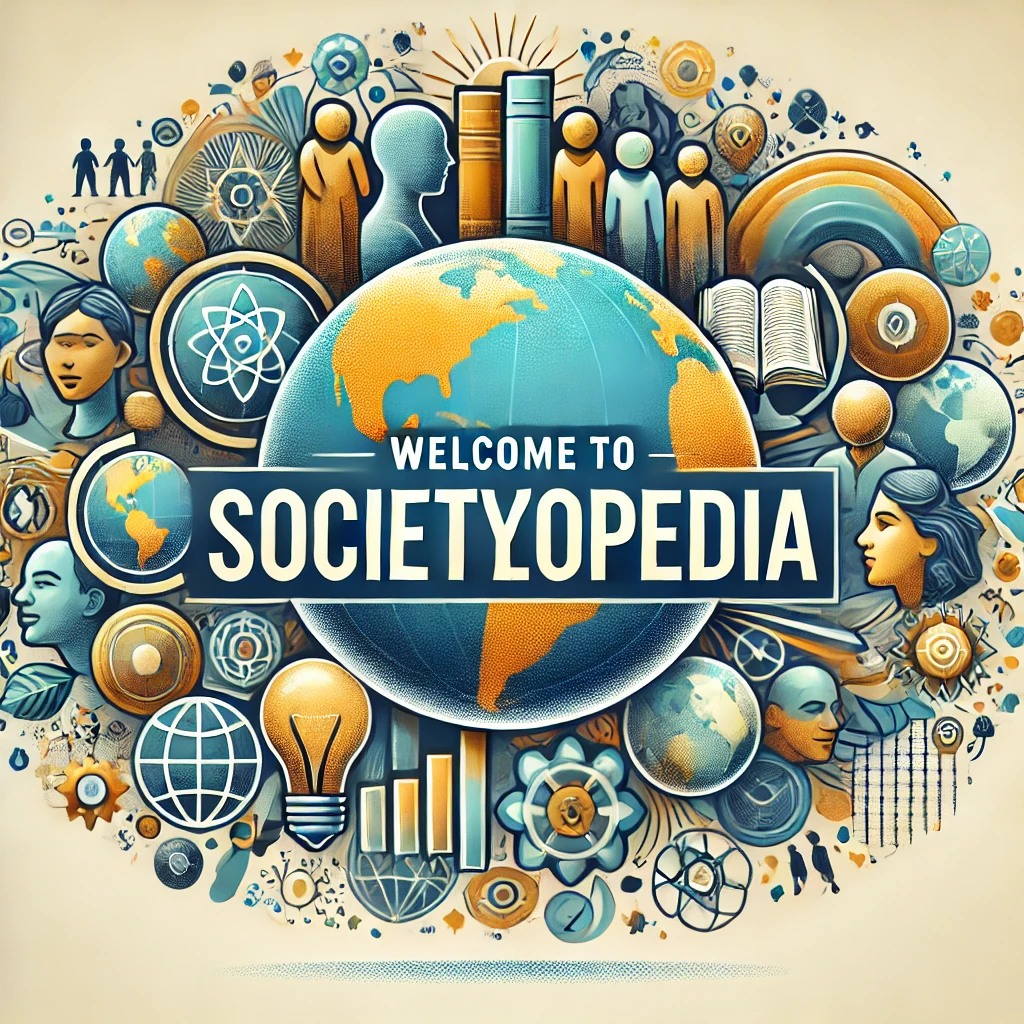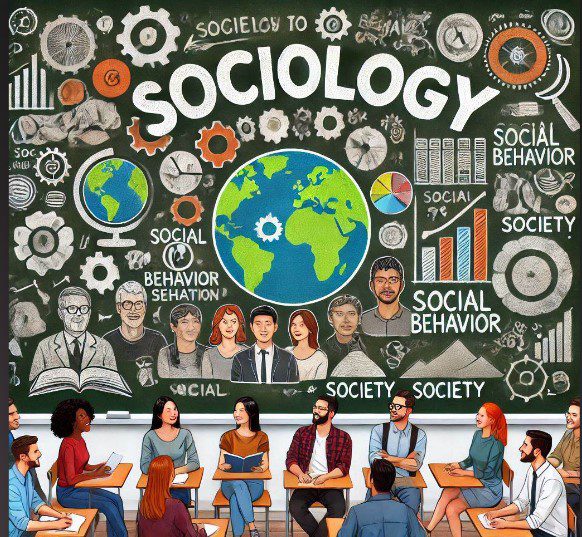Structural Functionalism in Action
- Education System: Schools serve as institutions that socialize children, prepare them for the workforce, and instill societal values. For example, a country’s curriculum often reflects the cultural and economic priorities of the time, such as STEM emphasis in the 21st century.
- Healthcare: Functionalism explains the interdependence between roles like doctors, nurses, and patients. Each has a defined role to maintain societal health, contributing to overall stability.
Conflict Theory in Action
- Economic Inequality: The divide between the wealthy and the working class is a classic case of Karl Marx’s ideas. Billionaire wealth accumulation during economic downturns demonstrates how systems perpetuate class-based inequality.
- Social Movements: The fight for LGBTQ+ rights or climate justice reflects how marginalized groups challenge power structures to address systemic inequalities.
Symbolic Interactionism in Action
- Social Media: Platforms like Instagram or TikTok rely on symbols (e.g., likes, hashtags) to convey social value and identity. Users negotiate their sense of self based on these interactions.
- Everyday Interactions: A handshake or a smile has cultural significance. Interactionists analyze how these small gestures create and maintain social bonds.
2. Challenges in Balancing Micro and Macro Perspectives
Balancing the micro-level focus on individual interactions and the macro-level analysis of large-scale structures is one of sociology’s enduring challenges. Let’s examine these tensions:
Micro Perspective Strengths
- Provides detailed insights into individual behaviors and identities.
- Helps analyze how social norms are created and reinforced.
- Example: Studying how body language conveys power in workplace meetings.
Macro Perspective Strengths
- Offers a broader view of societal patterns and structures.
- Useful for understanding large-scale phenomena like globalization, institutional racism, or climate change.
- Example: Examining how the education system perpetuates economic inequality across generations.
The Tension
- Sociologists sometimes struggle to integrate the two. For instance, understanding how a person’s life choices (micro) are influenced by systemic forces like capitalism or patriarchy (macro) requires both approaches.
- Example: A woman choosing a high-paying career may reflect her personal ambition but is also shaped by shifting gender norms and economic demands.
3. Applications in Specific Fields
Healthcare
- Sociological Lens: Inequities in healthcare access can be examined through conflict theory. For instance, people in low-income communities often lack insurance or live in “healthcare deserts.”
- Symbolic Interactionism: Explores doctor-patient relationships, focusing on how trust, authority, and communication shape medical outcomes.
Education
- Structural Functionalism: Views schools as agents of socialization and economic preparation.
- Conflict Theory: Highlights how unequal funding creates disparities in education quality.
- Symbolic Interactionism: Examines teacher-student interactions, like how labeling students as “gifted” influences academic performance.
Criminal Justice
- Conflict Theory: Critiques the criminal justice system as a tool for maintaining power, disproportionately targeting marginalized communities.
- Symbolic Interactionism: Studies how social labels like “criminal” affect individuals’ self-perception and reintegration into society.
Environmental Sociology
- Sociological Lens: Analyzes the societal factors contributing to climate change, such as consumerism and industrialization.
- Global Perspectives: Examines how the Global North disproportionately consumes resources while the Global South faces the consequences.
Summary
The sociological perspective proves its versatility across disciplines and societal challenges, bridging the personal and the systemic. By integrating real-life examples, addressing micro and macro tensions, and diving into specific fields, we see its relevance in comprehending and solving today’s pressing issues.


